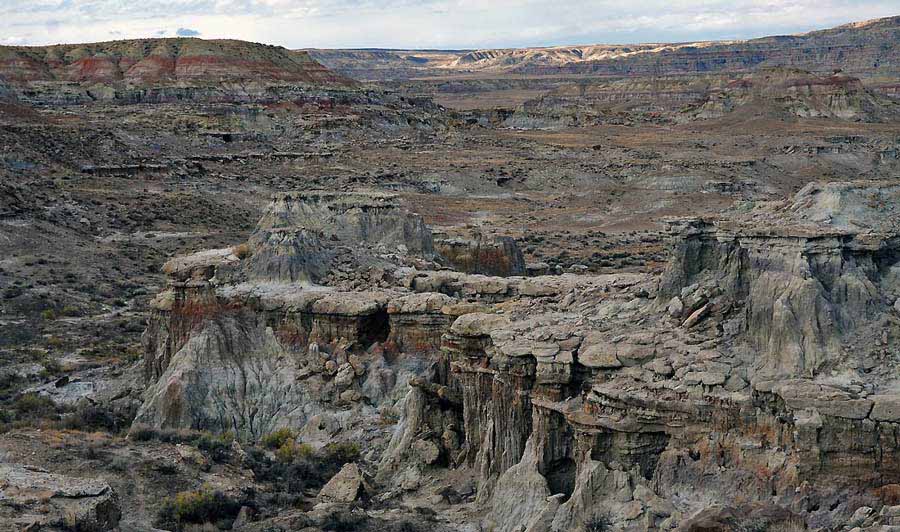
By Ruffin Prevost
CODY, WYO. — While most photographers around the greater Yellowstone area work hard to capture an idealized image of a particularly famous and beautiful place, a Powell, Wyo. man has spent years focusing on the often overlooked beauty in the region’s badlands and forgotten places.
“I’ve often felt that Wyoming hides some of its most wonderful resources in plain site,” said Rob Koelling, an English professor at Northwest College who has a passion for photographing what he jokingly calls “the ugly places” in the state.
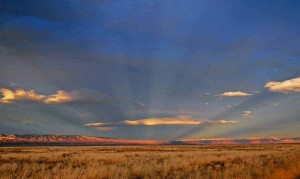
Koelling spends plenty of time in Yellowstone National Park taking pictures of verdant vistas and wandering wildlife, but he is most animated when discussing the hidden charms of the desert areas about 50 miles east of the park.
“There’s not much out there at first glance, and the fact that you don’t have a whole lot really encourages you to look more closely at what is there,” Koelling says. “When do you that, it turns out to be a lot more complex than you might think.”
Koelling and his wife, Deb, moved to Powell from Nebraska in the spring of 1979, after a particularly harsh winter had ravaged the state.
“We drove in and saw a sign that said ‘Powell: The Garden Spot of Wyoming,'” Koelling recalled. “We looked at each other and thought, ‘Golly, what does the rest of Wyoming look like?'”
As it turns out, Koelling has spent the years since not only answering that question, but sharing images of places like Polecat Bench, a seemingly barren swath of geologically rich desert between Yellowstone and Powell.
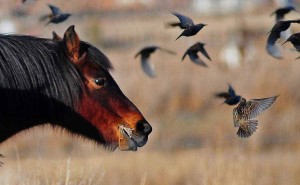
“I like the interplay of sky and land and light, and the light up there changes so much,” Koelling said. Along the bench, he has seen mirages, bizarre cloud patterns and weird weather, with local wildlife always present, but not always easily visible.
Mule deer, elk and pronghorn antelope move between pumpjacks and gravel roads in places where agriculture, drilling and nature intersect, creating unique opportunities for Koelling and his camera.
Koelling said some visitors to his web site don’t enjoy images, for instance, showing wildlife near a drilling rig, but it’s exactly those kinds of juxtapositions he finds interesting.
Some badlands views would be aesthetically more pleasing without oil and gas development, Koelling said, “but a lot of times it just seems to fit,” visually demonstrating how closely tied the state’s economy is to mining and the energy industry.
“It seems big when you’re up close, but in the larger scale of things, most of the human activity in that area is pretty much dwarfed” by nature, he said.
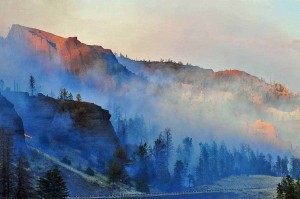
“Besides, when you get up there, you can still look in a lot of directions and see nothing but sage and sky,” he said. “I doesn’t take much imagination to look out and realize this is what it must have been like standing out there hundreds of years ago.”
Koelling first got interested in photography in the late 1960s, but found it too expensive to develop negatives and make prints. With the advent of digital cameras years later, he picked up the hobby again. Now he ventures out three or four times each week during the summer to take pictures.
The rural roads bordering the farms and sagebrush steppe around Powell are an easy walk or drive for Koelling, who often finds that birds are among the most abundant and visible wildlife.
Sage grouse and golden eagles are found throughout the area, Koelling said. But he’s also often surprised to see unexpected species like avocets, which feed in salty wetlands, and long-billed curlews, a shore bird that prefers crabs and other aquatic invertebrates.
Koelling said he has picked up tips and drawn inspiration from student and faculty shooters in the acclaimed Northwest College photography program, but he modestly puts himself in the “amateur” category.
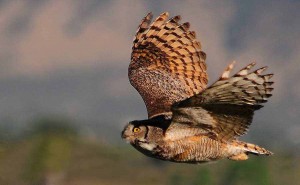
He generously shares his images with local and regional publications, nature journals and others, and offers most of his shots under a Creative Commons license. Koelling said he takes pictures for the love of it, not a potential payout.
“I’m just pleased that somebody might want to reprint something I had done,” he said. “If your’e going to get into the business of marketing your work, it is a business in and of itself, so more power to the people who are able to do that.”
For Koelling, there is great reward in pointing his camera at an alkaline gulch or boulder-strewn hillside and filling his frame with something beautiful or surprising that would remain overlooked and unseen to most others.
“I think a lot of people look at the desert terrain and arid dirt here as some sort of scab rock, something that’s just no good,” he said. “I disagree, but I do think it’s a matter of taste. For me, there is something pretty special about the opportunity to experience the empty spaces we still have left.”
Contact Ruffin Prevost at 307-213-9818 or [email protected].
Selected photos by Rob Koelling
[flickr-gallery mode=”photoset” photoset=”72157630920086468″]

Rob really shouldn’t be allowed to call himself an amateur, because that just makes real amateurs like myself look really bad. I don’t know you’ll find anyone who’s as willing as Rob is to share such consistently awesome work.
The working definition of the difference between an Amateur and a Professional is merely that you aren’t allowed to see the professional’s mistakes.